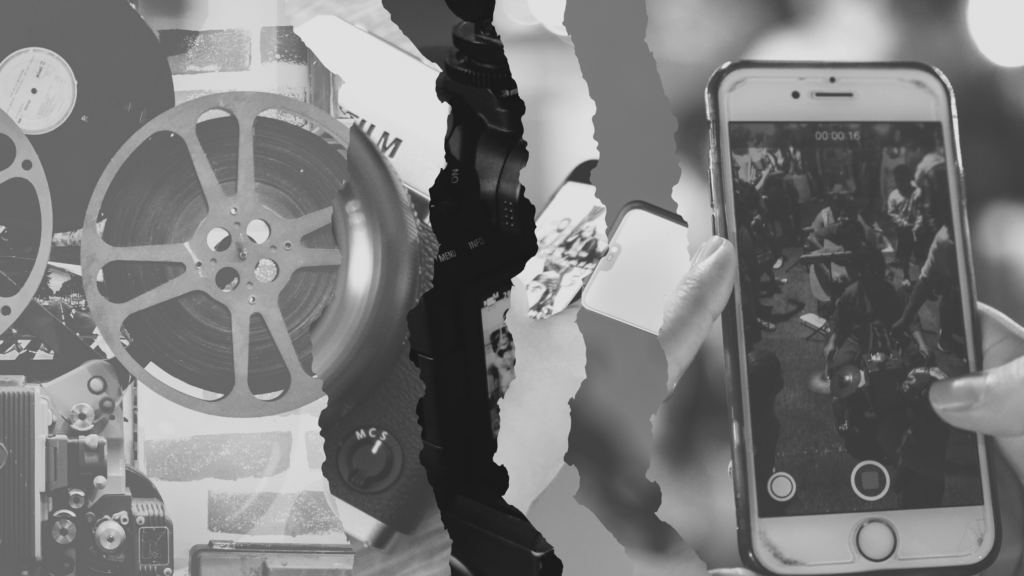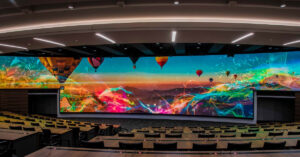
A (brief) History of Recorded Video
Published September 4, 2020

From Film to Smartphones
The desire to capture reality has fascinated humanity since the dawn of time. Books, drawings, and photographs are wonderful illusions but since it’s creation, film has captured the attention of humanity more than any other medium. In this article, we’ll briefly look at how technology which makes recording video possible has evolved over the years
The first movie ever was accidentally discovered in an experiment to end a debate. The Mythbusters of 1878 were trying to see if horses ever had all four feet off the ground at once. To do so, they set up multiple cameras around a race track. They discovered horses do float for a moment. But a greater discovery; the illusion of motion by playing photographs in rapid succession.
Film remained the prominent recording medium as cameras and projection continued to develop. Television also began to develop, however, it could only be done live. The first television station in America, W2XB, began in 1928, using radio frequencies to broadcast to homes on the east coast. If a show was live at 7:00 PM, broadcasters had to perform their show again a few hours later for the west coast.
There was a way to record television to film using a device called a kinescope but it was extremely expensive and produced a very low quality recording which took a while to develop.
It was not until 1956 when Ampex created the first magnetic tape recorder called the VRX-1000 that broadcasts began to be regularly recorded. CBS was the first network to use the new recorder, which could record at maximum resolution of 576i. The recorder cost $50,000, roughly $325,000 in today’s money, while the tape which stored the video cost $300 for an hour of recording. Not complaining about the cost of a smart phone with cloud storage now are ya?
Nearly a decade later and the first consumer versions start to hit the market from Sony, Ampex, and RCA. This technology would pave the way for the home movie market and the rise of VHS tapes in the ’80s.
Still the biggest question on broadcasters minds; how can I get more content with less bandwidth? And thus digital video was born along side compression codecs for transferring the massive amounts of data without losing visible quality. This leads to DVDs, BlueRay, and eventually all the streaming technology we have today.
As transfer methods changed, so did connectors! Check out the timeline below to see how common video connectors changed over time.

In 2007, Steve Jobs and Apple revolutionized the world with the iPhone. With seemingly endless possibilities, we’ve seen the smartphone make it easier for anyone to record, store, and edit high quality videos from wherever they are. Thanks to the internet and free online distribution platforms like YouTube and Facebook, people have even been able to make a living using just their smartphone.
In summary, the technology for recording video has come a long way from the massive four reel VRX-1000, making capturing reality a whole lot easier for everyone.
Want to get these articles a week in advance and directly to your inbox? Sign up for our weekly newsletter, the Archer’s Quiver!
Sources:
Get Expert AV Assistance
Latest Blogs
About Arrow AV Group
We are a premiere audiovisual integration firm serving corporate, government, healthcare, house of worship, and education markets with easy-to-use solutions that drive success. Family-owned and operated from Appleton, WI for over 35 years.




